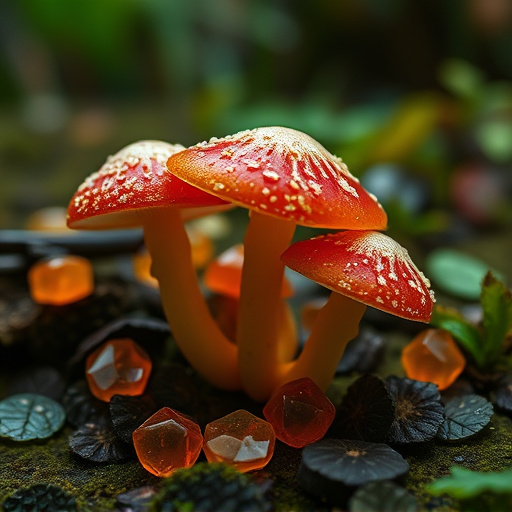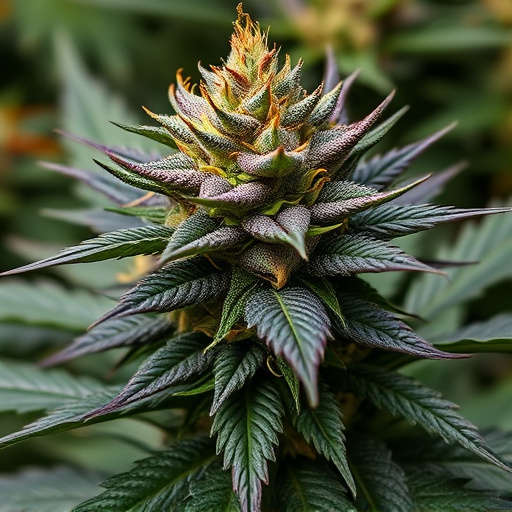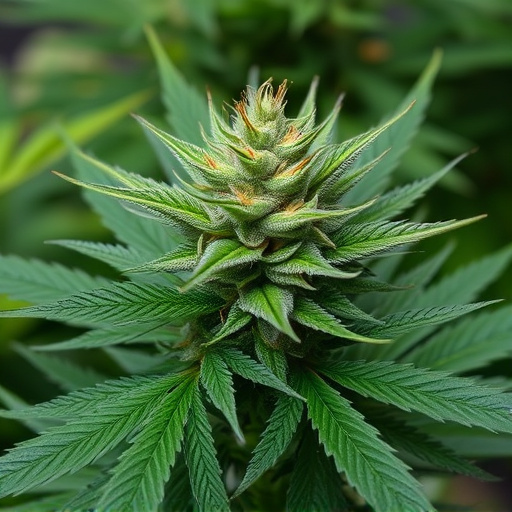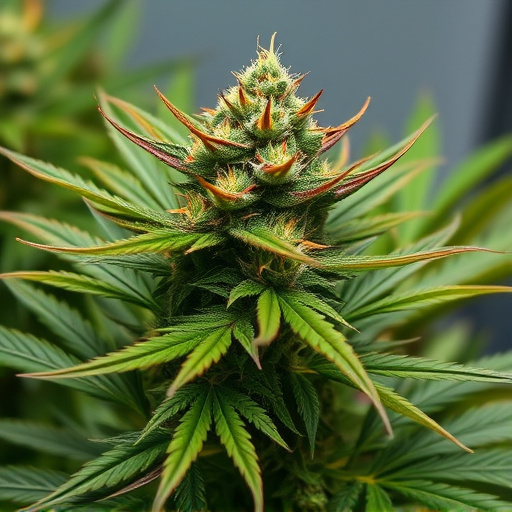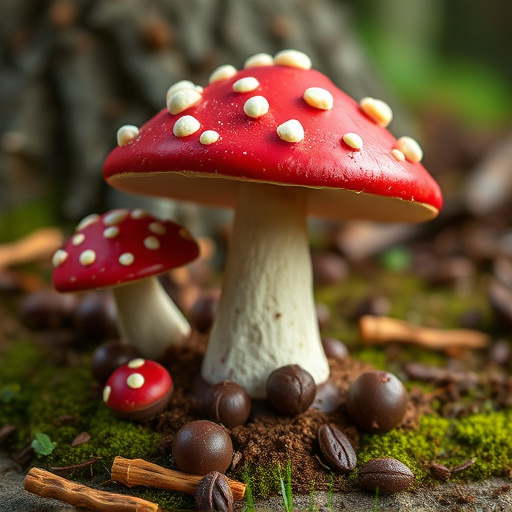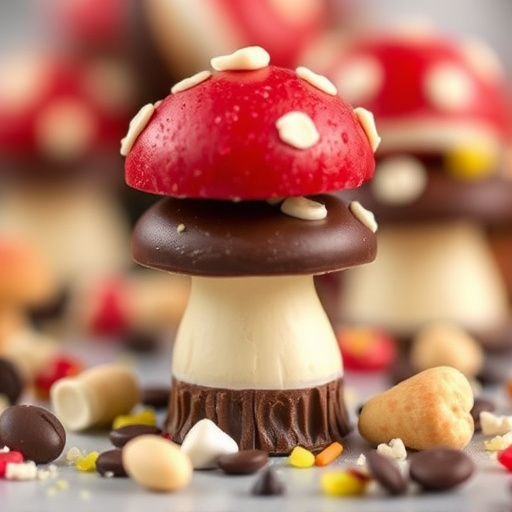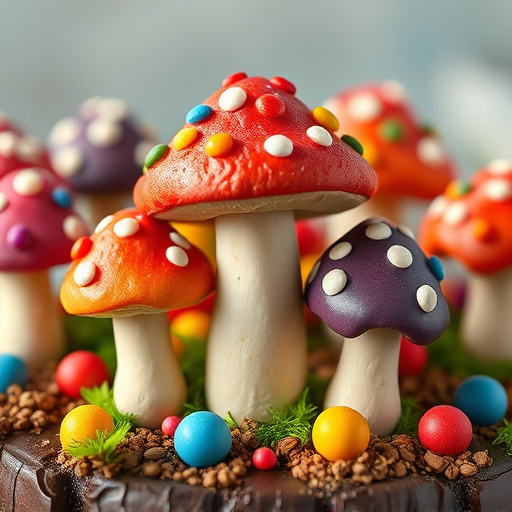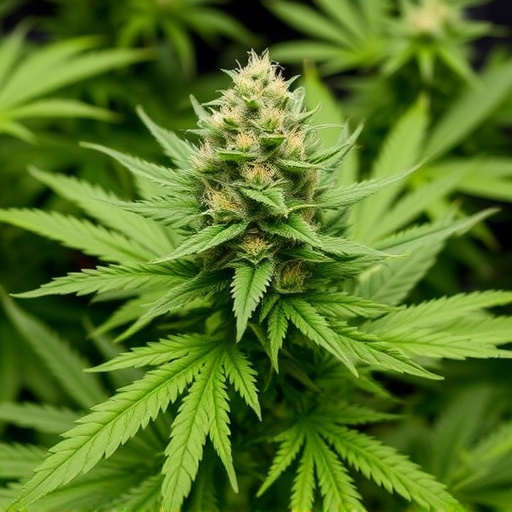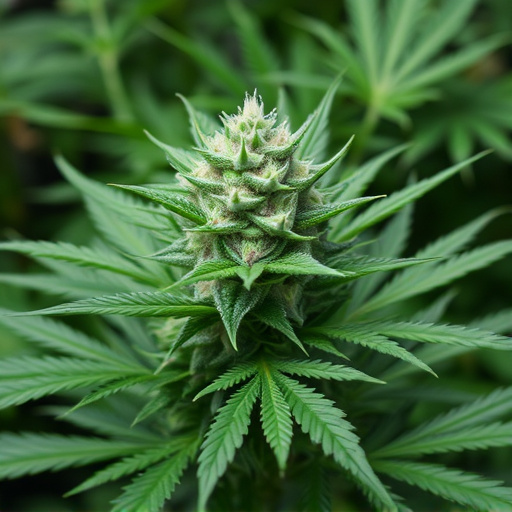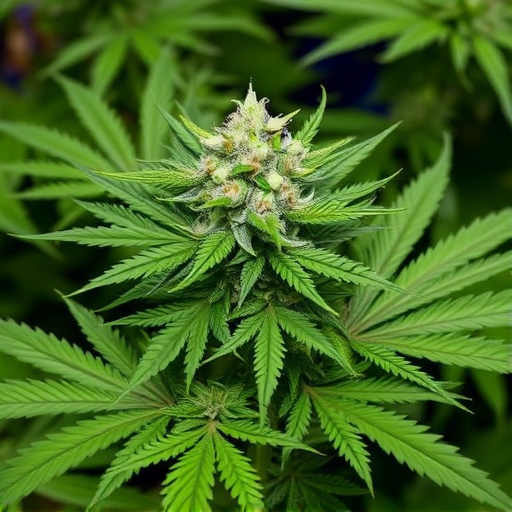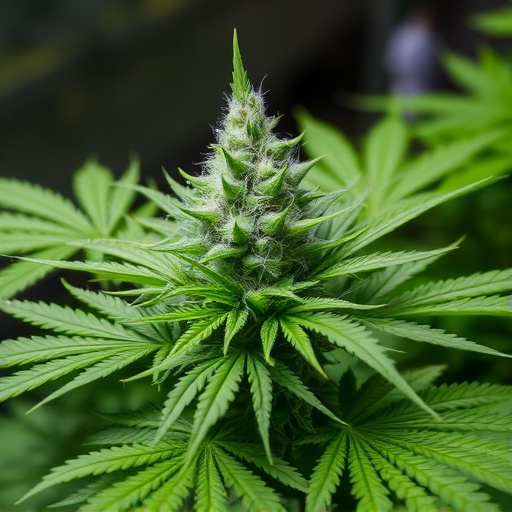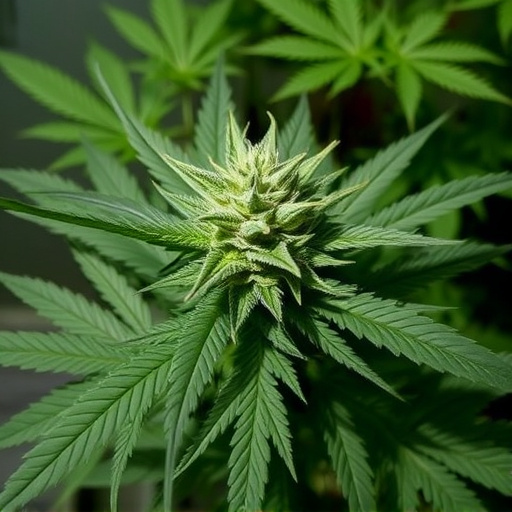The easiest cannabis strains to grow are visually striking with dense, sticky buds coated in resin, vibrant green foliage, robust stems, and recognizable bud structures. These traits offer insights into genetic background and potential effects, aiding cultivators in identifying strains and understanding care needs. Pistil color changes are crucial for optimal harvests, ensuring high-quality flowers that cater to recreational and medicinal users.
“Unraveling the secrets of the cannabis flower is a fascinating journey for both enthusiasts and novice growers. This comprehensive guide aims to demystify the basics, ensuring every reader understands the unique characteristics that define this remarkable plant. From identifying visual cues to mastering cultivation techniques, we delve into the essential aspects of growing thriving cannabis flowers. Furthermore, we highlight the easiest cannabis strains specifically tailored for beginners, offering valuable insights into their resilience and cultivable attributes.”
- Identifying Cannabis Flower Characteristics
- – Visual cues and physical traits of cannabis plants
- – Key differences between male and female flowers (pistils)
Identifying Cannabis Flower Characteristics
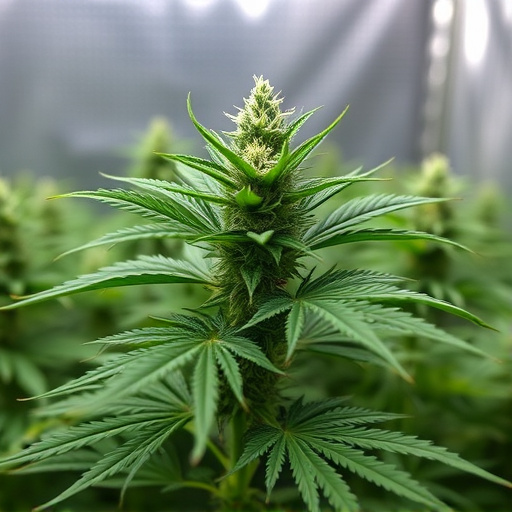
When identifying cannabis flower characteristics, one of the most prominent features is its appearance. The easiest cannabis strains to grow often have dense, sticky buds covered in a frosty layer of resin. This not only gives them an attractive, snow-like texture but also indicates high levels of cannabinoids and terpenes, contributing to their potency and unique flavors.
Additionally, the leaves of these strains are typically broad and serrated, with distinct veins. The color can vary from bright green to a deep, dark shade, sometimes tinged with shades of purple or orange. These visual cues not only make cannabis flowers easy to recognize but also provide valuable hints about their genetic makeup and potential effects.
– Visual cues and physical traits of cannabis plants
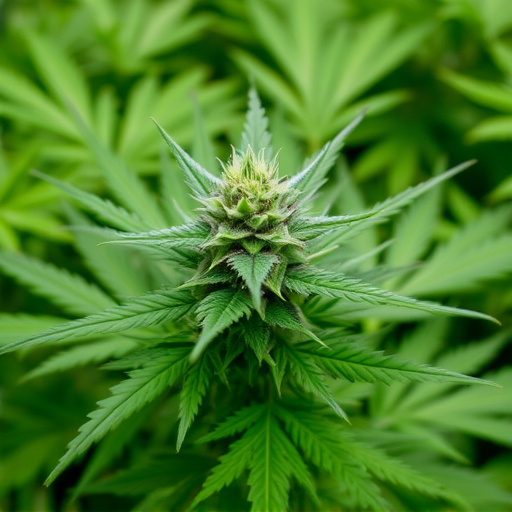
Cannabis plants, known for their distinct characteristics, offer visual cues that can guide growers in identifying different strains and understanding their care requirements. The easiest cannabis strains to grow often boast vibrant green foliage, a sign of healthy nutrient absorption. Stems are typically robust and may display a range of colors from light to dark shades, depending on the strain and growth phase. Buds, or flowers, are the most recognizable feature, characterized by their dense, sticky texture and varied shapes. Some strains produce larger, open buds with abundant resin glands, while others form smaller, compact ones. These physical traits not only contribute to the plant’s aesthetic appeal but also indicate potential yields and terpene profiles.
When observing cannabis plants, one might notice variations in leaf structure—some leaves are wider, while others are narrower—and the density of hairs on the surface, which can impact the plant’s overall resilience. The easiest strains to grow often display these visual cues, making them desirable choices for beginners. Understanding these basic traits is essential for cultivators aiming to nurture high-quality cannabis flowers, ensuring a successful and rewarding growing experience.
– Key differences between male and female flowers (pistils)
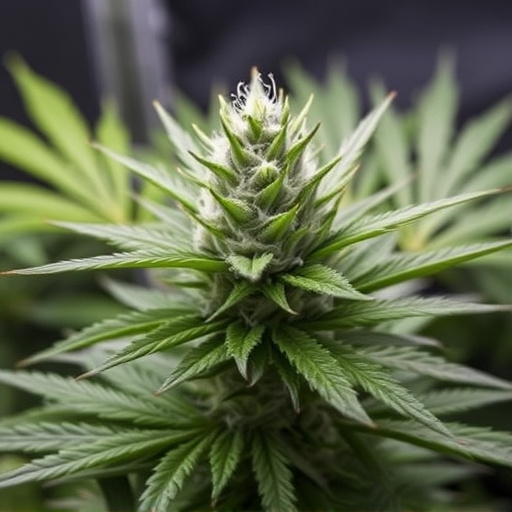
The world of cannabis cultivation reveals a fascinating distinction between male and female flowers, or pistils, which play pivotal roles in the plant’s reproductive cycle. Male flowers produce pollen, responsible for fertilizing the females and initiating seed development. These males are easily identifiable by their long, thin structures called bracts, often vibrant in color, serving as attractants to female flowers for cross-pollination. In contrast, female pistils are designed to receive and capture pollen, growing denser with tiny hairs that trap it effectively. This critical interaction ensures the plant’s ability to reproduce and produce seeds, a key factor in many of the easiest cannabis strains to grow.
Understanding this dichotomy is essential for cultivators aiming to optimize their harvests. Female flowers, after successful pollination, develop into resinous buds filled with cannabinoids and terpenes—the desirable compounds sought by users. Growers carefully monitor when female pistils turn from green to a deeper color, signaling maturity and optimal harvest time. This knowledge allows them to cultivate cannabis plants that not only thrive but also produce high-quality flowers, a key aspect of the easiest cannabis strains to grow, catering to both recreational and medicinal enthusiasts alike.
Understanding the basics of cannabis flower is essential for anyone looking to cultivate their own easy-to-grow strains. By recognizing the unique characteristics and differentiating between male and female flowers, growers can ensure optimal harvests of high-quality cannabis. Whether you’re a novice or an experienced cultivator, these insights provide a solid foundation for navigating the world of cannabis gardening.
